 Aliases: The Forest, the Desert, the Swamp, the Dreamlands, the Alien Planet
Aliases: The Forest, the Desert, the Swamp, the Dreamlands, the Alien Planet
The Wilderness is an incredibly common trope in video games. It will become evident why this is the case as I dissect this trope. The Wilderness is so common in fact, that many games are built only of spaces that belong to this archetype. Action games very often use only this one pattern, something they can do because their stories are often so minimal. Would they want to tell more complex stories, they would most likely have to include a wider variety of spaces.
Core Theme
(this section describes the essential kernel that determines this archetype and makes it recognizably different from all others)
The Wilderness is a place of danger and uncertainty. At it’s core it is an untamed place. Barely touched by civilization it is a dangerous place, a sort of manifestation of the ever present fear of the unknown.
This space is not fit for people to dwell in. In this space the player is a stranger. He is not at home nor is he welcome. He is – so to say – in enemy territory. It is not a place to stand around in idly.
The Wilderness is usually a place that has to be traversed. Often the reason is simply to get to a new place. And since these islands of civilization are far apart one has to cross the intermittent wilderness. Another common reason is to seek out something within the Wilderness. This may be a treasure or object of renown or importance, or a person that has removed himself from civilization for one reason or another.
Diegetic Layer
(This section describes how the Wilderness is treated and seen by the inhabitants of the storyworld)
In the storyworld itself the Wilderness is usually what demarks civilized areas. It is the space that surrounds safe places and thus marks their borders. Beyond the city the Wilderness begins.
For the people living in the predictable safety of civilization the Wilderness is a place to be feared. Most people of this world hesitate to tread there lightly – and if so then only if they are well protected. Only a hardy few make their living in this dangerous place, as guides or hunters. And even fewer dare live there. And even those are most likely dangerous, driven into exile and twisted by their environment.
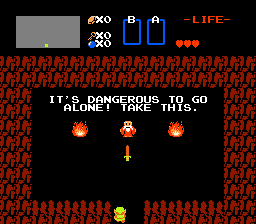
People urge you to be careful, giving (or selling) you equipment to get you through the wilds. [It is dangerous to go alone. Take this.] They will tell stories of the Wilderness and the things that dwell within. Tales of people succumbing to the hazards, vanishing forever.
But that’s not enough, because when night comes, they lock their doors and man the walls. Not only is the Wilderness a dangerous place, it’s influence also extends beyond its borders. It can be the cauldron from which terrible beasts spring forth. Out of the thick underbrush they come at night to steal human children.
Spatio-Visual Layer
(This section explains typical tropes when it comes to the architectural make up of these spaces and their visual presentation)
The core themes of the Wilderness are uncertainty, uncontrollability and the danger that grows out of those.
Uncertainty often manifests as a limited visibility. It is difficult to overlook what’s happening and to get a complete sense of the space. This means that the geometry is often complex and fractured with many hidden nooks and crannies. There’s a lot of visual cover and sight lines are usually uncomfortably short.
There’s no clear road or path which to follow. The lack of a safe path makes it impossible to see which way is the least dangerous. The Wilderness also often features very poor lighting conditions and/or fog, additionally obscuring it’s dangers.
Narrative Layer
(This section details the typical purpose of the Wilderness in the context of a story)
As with all places in a story it can be of vital importance or provide only a short intermission. In the latter purpose the Wilderness can easily provide some action and suspense to create contrast to the slower paced segments of a story.
If the Wilderness is the place of a vital story beat then it is often where the character is tested. Its uncertainty brings forth many challenges that the protagonist has to face. In video games these are usually to be mastered to continue but in other narrative media a failure is an equally acceptable outcome.
However it can also be a place of unexpected revelations or encounters. Since little is known about the Wilderness, it is where new insights come to light or old items, places, people or truths can be found.
This can also bring out new facets of known characters. The way they deal with the dangers of the Wilderness (or their fear of those) can tell us something about them.
Also like all challenges the Wilderness can be used to show the growing power of the characters. A place that was to be feared has grown familiar and harmless.
Functional Layer
(This section talks about game and interaction mechanics that correspond with the core themes of this archetype)
In Gameplay terms the wilderness is where danger lurks. This can be anything from bandits or pirates to wild beast and natural hazards.
It’s key challenge is usually to reach one’s goal, suffering as little harm as possible.
Uncertainty of Navigation
Navigation is often unclear. There are no or few man-made roads or paths and so a degree of exploration is required. This unordered uncertainty is important to make the space feel unsafe.
Often the space supports exploration beyond a bare minimum, offering hidden spaces, both rewarding and dangerous. The meaningful choice can be whether to risk the danger and leave the beaten path in the hopes of discovering something or to stay safe.
Uncontrollable Danger
Danger is often hidden and unpredictable. The movement patterns and appearance of enemies is hard to predict and so every step needs to be carefully measured.
Often the Wilderness features random encounters, where the dangers are different every time one visits the place. These encounters are also usually infinite, that means the supply of danger is never exhausted. It is usually impossible to make the space secure through violence.
On the other hand in many RPGs this can lead to using these spaces for grinding. If this happens then the space has lost it’s danger and has become something else to the player. This also leads to something else, where the environments need to keep up with the escalating power of the protagonist. This makes the Wildernesses grow increasingly diegetically absurd.
Example 1: The Dark Forest
The clearest and most traditional expression of the Wilderness is the dark forest. A trope that often appears in classic fairytales. From Hansel & Gretel to Little Red Riding Hood, the Forest is a place of danger, where one is likely to be lost and eaten.
Example 2: The Dreamland
Another common and very pure manifestation of the Wilderness is the dreamland. The dreamland is a space that is not truly real within the diegetic world. It is strange and dangerous through this alone. An example use of this in video games is the Fade as it appears in Dragon Age: Origins.
Summary
Diegetic
- Untamed
- Dangerous to be in
- Feared by the general populace
Spatio-visual
- Fractured geometry
- Visual cover, short sight-lines
- Poor visibility (fog, lighting)
Narrative
- Danger can be a challenge
- Hidden truths, facts and items can be uncovered
- Can show growing power of the protagonist(s)
Functional
- Exploration through varying paths and niches
- Hidden treasure and hazards (exploration, random)
- Random encounters, unpredictable enemies

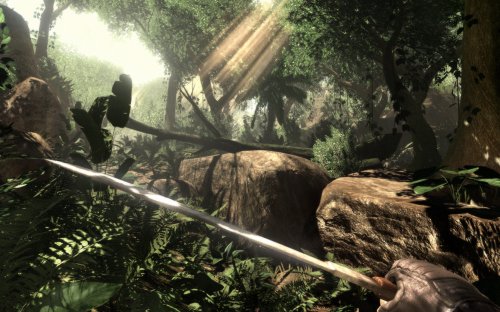
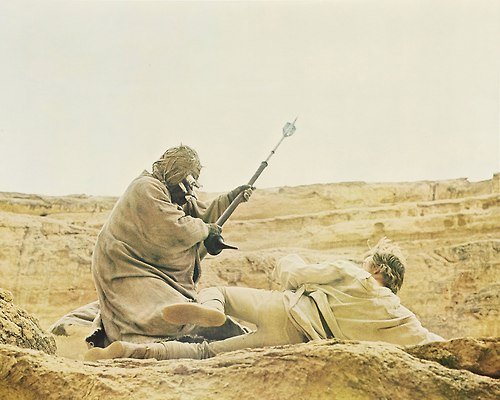
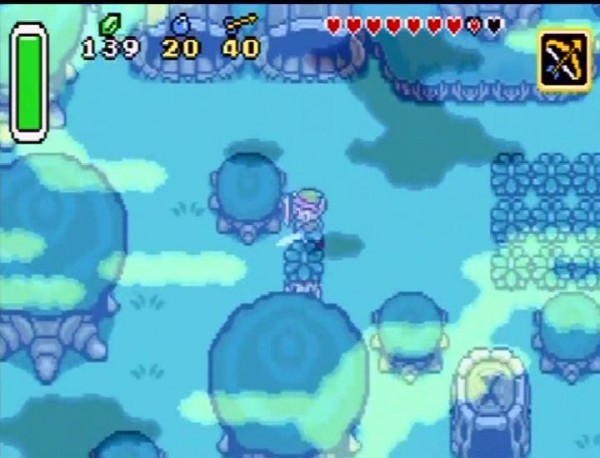
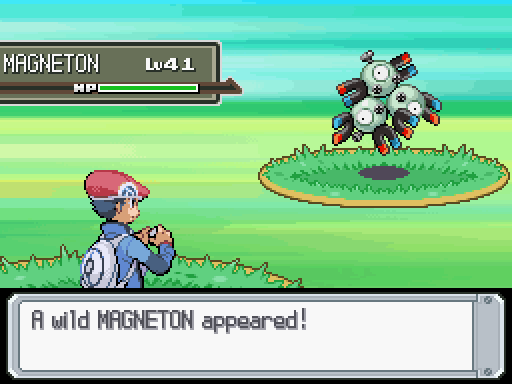
In most RPGs that have some kind of story progression by sending you to other places, you first encounter people in the starting area that tell you about the dangers of the wilderness… After having it made through the area, you encounter another town, usually even created with the same theme as the wilderness itself, e.g. some kind of treehouse village after beating a forest-part. The people living there usually tell you how they manage to live with that type of wilderness while warning you of the next area you’re about to encounter…
Final Fantasy usually does this every now and then, turning that really dangerous zone you just crossed into something that people even regard as romantic.
Which speaks to something I didn’t mention: The Wilderness is very subjective. One person’s Wilderness can be another person’s home. It is usually a question of knowledge, power and adaptability.
In the very same RPGs the starting wilderness usually becomes a joke later on. It tries to keep up the appearance but it no longer poses any danger and so becomes only an annoyance at most.